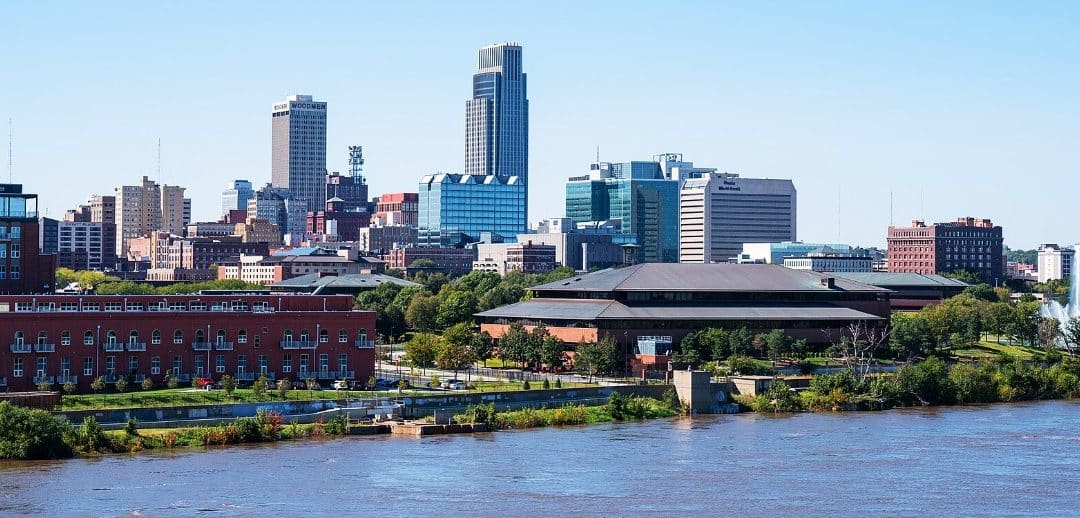Warren Buffett may be getting a large wave of new neighbors if readers of Forbes Advisor follow the publication’s advice that Omaha, Nebraska, is the best city to move to in 2024.
Omaha scored a perfect 100 out of 100 based on the point system created by Forbes Advisor, which observed the city “has a reasonable median monthly housing cost of $1,188 and its residents have a median family income of $69,198.” Omaha’s 98% employment rate, low crime level and 117 sunny days a year helped propel it to the top of the list.
Raleigh, North Carolina, ranked second with a score of 83.12 out of 100. Forbes Advisor noted that “Raleigh offers a lot, including an impressive median family income of nearly $81,000, reasonable average monthly housing costs of $1,446 and a high employment rate of 97%, highlighting the city’s economic vitality and available resources for professional development.” The city’s average of 109 sunny days per year was also highlighted.
Oklahoma City came in third with a score of 80.25 out of 100. The city’s 97% employment rate, average monthly costs of $1,081 and a median family income of around $57,000 – coupled with a low crime rate and 139 sunny days a year – were praised.
Fourth place went to Wichita, Kansas, with a score of 80.02 out of 100. Forbes Advisor pointed out that “Wichita has the lowest median monthly housing cost out of our overall top five cities, at only $930, while still having a decent median family income of $60,856.” A 98% employment rate and 128 sunny days a year were strong points, but it was also noted that “the city does have the highest crime rate of our top five cities.”
The top five was completed by Colorado Springs, Colorado, with a score of 79.56 out of 100. Forbes Advisor cheered that the city “boasts an impressive employment rate of 97%, has average monthly housing costs of $1,500 and sees a median family income of $69,266. With its easy access to the mountains and 136 sunny days a year, it’s no surprise the city has seen an astonishing net migration between 2016 and 2020 of 6,124 people.”
Photo: Tony Webster / Wikimedia Commons











